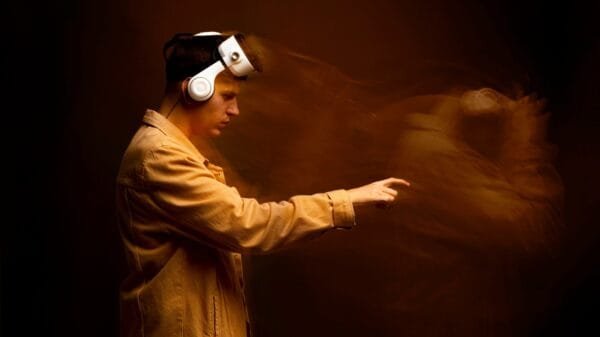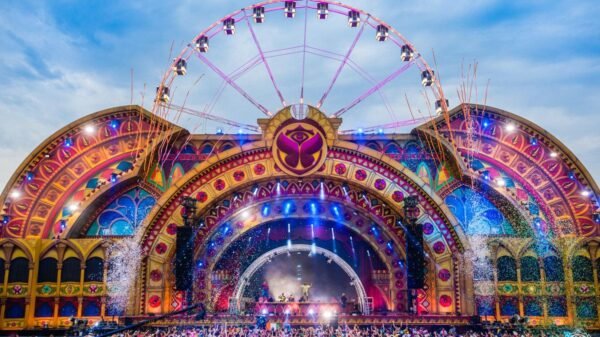Art curation is a delicate and intricate process that involves selecting, organizing, and presenting artworks in a way that creates a meaningful and impactful experience for viewers. Whether it’s a museum exhibition, a gallery showcase, or an online display, the art curator plays a crucial role in shaping the narrative and enhancing the overall aesthetic appeal. In this blog post, we will explore the art of art curation and discuss how curators craft exhibitions with impact.
The Role of an Art Curator
An art curator is like a storyteller who carefully selects artworks and arranges them in a way that communicates a specific message or theme. They have a deep understanding of art history, contemporary trends, and the cultural context in which the exhibition takes place. Curators collaborate with artists, collectors, and other professionals to bring their vision to life.
Curators have the responsibility of researching and sourcing artworks that align with the exhibition’s concept. They consider factors such as the medium, style, and subject matter to create a cohesive and visually engaging display. By carefully curating the artworks, the curator guides the audience through a narrative, provokes emotions, and sparks intellectual curiosity.
Creating a Concept
Before diving into the selection process, an art curator starts by developing a concept for the exhibition. This concept acts as a guiding principle and sets the tone for the entire display. The curator may choose a specific theme, explore a particular art movement, or highlight the works of a particular artist.
The concept should be unique and thought-provoking, offering a fresh perspective on the artworks being showcased. It should also be relevant to the target audience and resonate with their interests and experiences. By creating a compelling concept, the curator lays the foundation for a memorable and impactful exhibition.
Selection and Organization
Once the concept is established, the art curator begins the selection process. This involves researching artists, visiting studios and galleries, and reviewing portfolios. The curator carefully evaluates each artwork based on its artistic merit, relevance to the concept, and its ability to engage the audience.
When selecting artworks, the curator considers the visual impact, the diversity of styles and mediums, and the overall balance of the exhibition. They aim to create a harmonious and visually appealing display that captivates the viewers. The curator also takes into account the spatial constraints of the exhibition venue to ensure that the artworks are presented in the most effective way.
Organizing the artworks is another crucial aspect of art curation. The curator decides on the placement and sequencing of the artworks to create a flow that guides the viewers through the exhibition. They may use techniques such as contrast, juxtaposition, or thematic groupings to create visual interest and provoke deeper connections between the artworks.
Enhancing the Experience
An art exhibition is not just about the artworks; it’s also about the overall experience for the viewers. A skilled art curator understands this and pays attention to every detail, from lighting and signage to interactive elements and educational materials.
Lighting plays a vital role in highlighting the artworks and creating the desired ambiance. The curator carefully considers the placement of lights to enhance the visual impact of each artwork and create a cohesive atmosphere throughout the exhibition space.
Signage and labels are essential for providing information about the artworks and the artists. The curator ensures that the labels are clear, concise, and easy to read, offering insights into the artworks without overwhelming the viewers. Interactive elements, such as touchscreens or audio guides, can also be incorporated to provide a more immersive experience.
Engaging the Audience
A successful art exhibition goes beyond passive viewing; it engages the audience and encourages them to participate actively. An art curator achieves this by organizing events, workshops, and guided tours that allow viewers to interact with the artworks and gain a deeper understanding of the exhibition’s concept.
Social media and digital platforms have also opened up new avenues for engaging the audience. Curators can leverage these platforms to share behind-the-scenes insights, interviews with artists, and interactive content that extends the exhibition’s reach beyond the physical space.
Conclusion
Art curation is an art form in itself, requiring a keen eye for aesthetics, a deep understanding of art history, and a passion for storytelling. By carefully selecting and organizing artworks, art curators create exhibitions that have a lasting impact on viewers. Through thoughtful curation, they evoke emotions, provoke thoughts, and foster a deeper appreciation for the art. So, the next time you visit an art exhibition, take a moment to appreciate the intricate work that goes behind the scenes and the art of art curation.
































